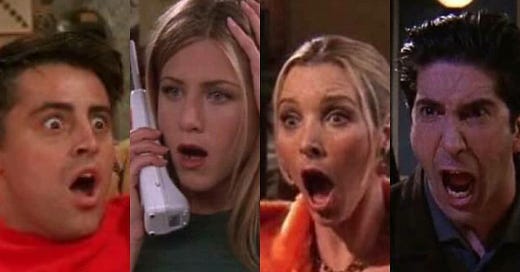TV Causalities: Avoiding Bad Habits from Visual Media
On what the page can do that the screen can't, and vice versa.
Before diving into this newsletter, I wanted to share that I have a new science fiction flash story in Lightspeed, “The Last Serving,” if you’d like to read. It’s a quick and fun one I think!
Keep reading with a 7-day free trial
Subscribe to Counter Craft to keep reading this post and get 7 days of free access to the full post archives.



